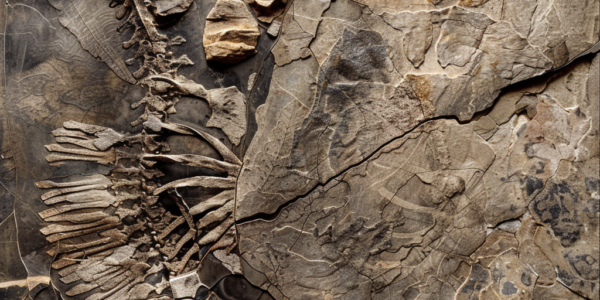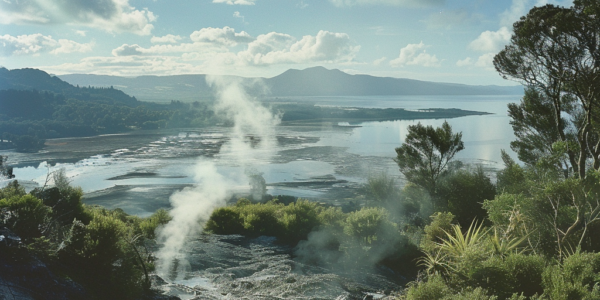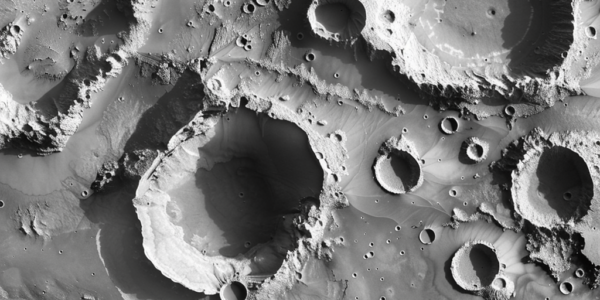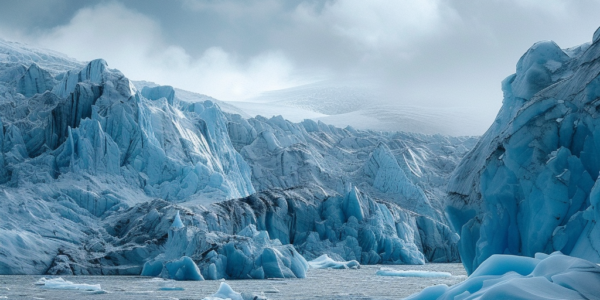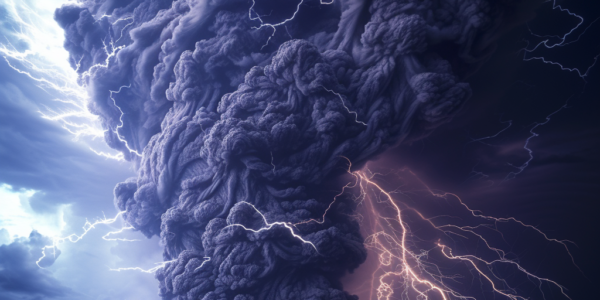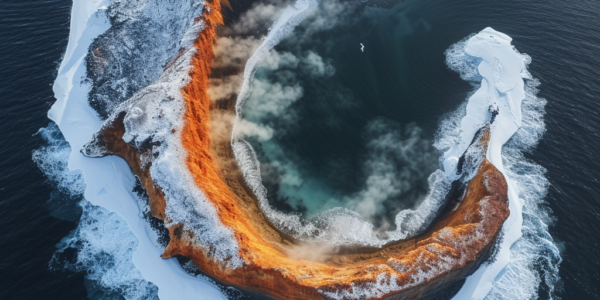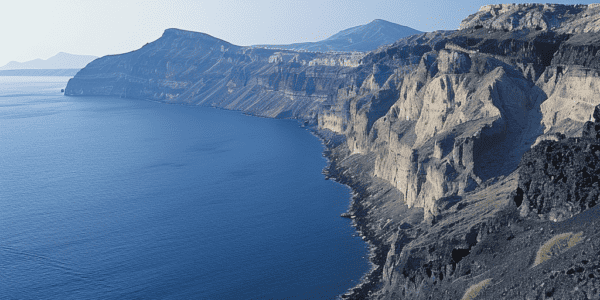Clarkia Middle Miocene Fossil Site: A Key to Understanding Life Beyond Earth
Researchers have been studying the Clarkia Middle Miocene Fossil Site in Idaho, which has provided valuable insights into ancient environmental conditions and the potential for life on Mars. The well-preserved fossils dating back over 11 million years have become a focal point for studying the potential for life on other planets, particularly Mars. The site’s sediments have been used to study biomarkers, offering valuable information about Earth’s history and ancient environmental conditions on Mars. The research conducted at the site represents a significant step forward in our understanding of potential life beyond Earth, paving the way for new insights into the search for extraterrestrial life.
New Maps Reveal Lake Rotorua’s Hidden Depths And Hydrothermal Systems
New maps of Lake Rotorua’s bathymetry reveal hidden depths, pockmarks, and evidence of an ancient river, providing insight into the region’s geological history. The maps also show an active underwater hydrothermal system near Sulphur Point, shedding light on the lake’s ecosystem and geothermal system. GNS scientists have conducted surveys to better understand the lake’s sublacustrine hydrothermal system, empowering them to model the intricate workings of the Rotorua geothermal system.
Mars May Have Experienced Precursor to Plate Tectonics, Study Suggests
Recent study suggests Mars may have experienced precursor to plate tectonics, indicated by pervasive volcanoes and distinct rock types. Researchers focused on Eridania Basins in Mars’ southern hemisphere, identifying numerous volcanic features and high felsic materials. Findings offer valuable insights into early geological processes on Mars and provide comparative perspective on planetary evolution.
Icelandair Group expects cargo operation to return to profit in 2022
Icelandair Group is implementing measures to turn around its cargo division after a decrease in profitability. The company is returning a Boeing 757 freighter to its lessor, dry-leasing a 767 freighter, and making changes to its flight schedule and network.
Research Suggests Global Decrease in Carbon Dioxide Emissions Caused Earth’s Longest Ice Age
Recent research from the University of Sydney suggests that Earth’s longest ice age, known as Snowball Earth, may have been caused by a global decrease in carbon dioxide emissions. The study sheds light on the significant influence of geological processes on Earth’s historical climate patterns and offers insights into the impact of human activities on carbon dioxide levels in the atmosphere.
Volcanic Lightning’s Role in Kickstarting Life on Earth
Groundbreaking discovery suggests volcanic lightning may have played a vital role in kickstarting life on Earth. Study presents compelling evidence that ancient volcanic eruptions could have fixed substantial amounts of atmospheric nitrogen, laying the foundation for the emergence of life on our planet. Research delves into the intriguing question of how bacteria and subsequent life forms came into existence, uncovering evidence suggesting that nitrogen in the atmosphere might have been fixed by volcanic lightning interacting with ash, providing a potential mechanism for the creation of amino acids.
Venus Puts on Dazzling Display in Morning Sky
Venus, the second planet from the sun, is currently putting on a dazzling display in the morning sky. According to astronomer Stuart Clark, Venus is shining brightly in the morning sky, visible from both the northern and southern hemispheres. The…
Rare Phenomenon: Ice and Fire Clash on Antarctica’s Deception Island
Antarctica is home to a rare phenomenon—a clash of ice and fire on Deception Island, an active volcano that offers valuable insights into the potential for life on Mars. Located in the South Shetland Islands, this horseshoe-shaped isle is the…
Yellowstone Volcano Observatory Initiates New Monitoring Plan for Hydrothermal Basins
Yellowstone National Park is a natural wonder, known for its stunning landscapes and unique geological features. Among these features are the park’s hydrothermal basins, which are of great interest to scientists due to the potential hazards they pose. In a…
Evidence of Massive Prehistoric Eruption Found in Santorini
The Greek archipelago of Santorini consists of the remains of a powerful volcano. Members of the international IODP expedition ‘Hellenic Arc Volcanic Field’ have now found evidence of one of the largest eruptions ever recorded in the southern Aegean Arc….

